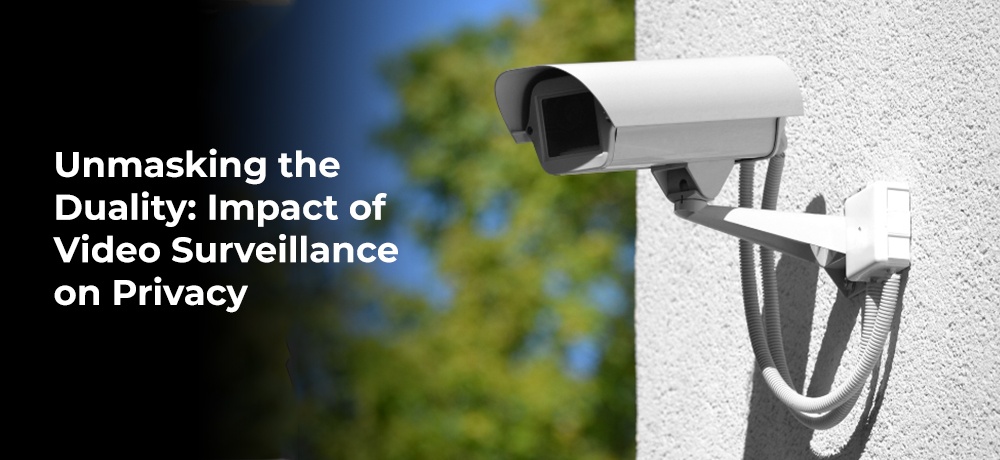Unmasking the Duality: Impact of Video Surveillance on Privacy

In an era marked by rapid technological evolution, privacy, and security often find themselves on a delicate seesaw. As we strive to ensure the safety of our homes, workplaces, and public spaces, we increasingly rely on video surveillance systems. While these systems present clear benefits, they also spark debates about the impact on personal privacy. ICU Solutions, a leader in security technology, delves into this fascinating intersection of surveillance and privacy, shedding light on its complexities and implications.
The Age of Omnipresent Eyes: Video Surveillance Today
Video surveillance has become an integral part of modern security infrastructure. From small businesses to large public spaces, security cameras function as our unseen guardians. They deter crime, provide evidence for investigations, and foster a sense of security.
However, the prevalence of these digital eyes has also raised eyebrows. They have the potential to intrude into private spaces, track individuals without consent, and even misuse captured data. Understanding the balance between the benefits of surveillance and the right to privacy is crucial for the responsible deployment of such technologies.
Unraveling the Privacy Paradox
In theory, those who have nothing to hide should have nothing to fear. Yet, when it comes to privacy, the situation isn't as straightforward. Even the most law-abiding citizens value their privacy and expect a certain level of anonymity in public spaces.
Invasive surveillance practices, whether perceived or real, can create an environment of discomfort and distrust. Unchecked video surveillance may also lead to potential misuse, with data being used for purposes beyond its original intent, such as profiling, discrimination, or even commercial exploitation.
Privacy Laws and Video Surveillance: The Regulatory Framework
Worldwide, legal systems have been adapting to address the concerns related to surveillance technologies. Laws regulate the scope, usage, and storage of surveillance data to protect individual privacy rights. For instance, the European Union's General Data Protection Regulation (GDPR) has set stringent guidelines on data privacy, including data obtained via video surveillance.
However, the regulatory landscape remains varied and complex, with laws differing widely between jurisdictions. As a result, organizations must remain vigilant in understanding and complying with the appropriate legal framework governing their operations.
Creating a Balance: Responsible Surveillance Practices
So, how do we strike a balance between security needs and privacy rights?
Firstly, organizations should practice transparency, informing individuals about the presence of surveillance systems, their purpose, and how the data will be used and stored. This encourages trust and respect between the organization and the individuals being monitored.
Secondly, the principle of data minimization should be adhered to. This means collecting only the necessary data for a specific purpose and deleting it once it's no longer needed.
Finally, the implementation of stringent data protection measures is critical. This involves encrypting the data, restricting access, and regularly auditing the systems to prevent misuse or breach.
The Road Ahead
The integration of video surveillance and privacy is not a zero-sum game. It's a dynamic interplay that requires constant dialogue and adaptation. At ICU Solutions, we are committed to delivering state-of-the-art security technologies while advocating for privacy rights. As we embrace the future of video surveillance, we are equally committed to fostering a culture of respect and responsibility for the privacy of individuals. Together, we can navigate this complex landscape, creating safer spaces while preserving the sanctity of personal privacy.